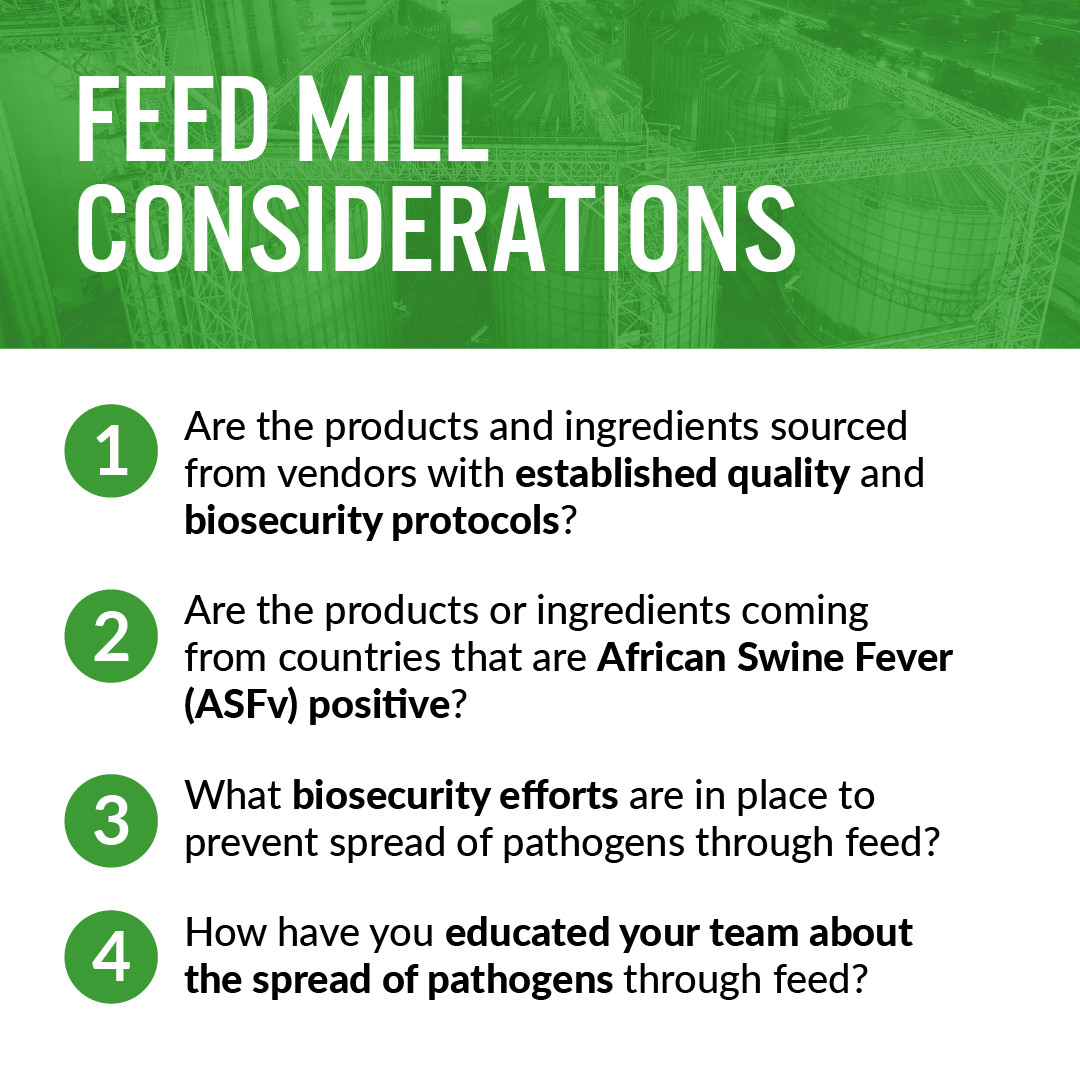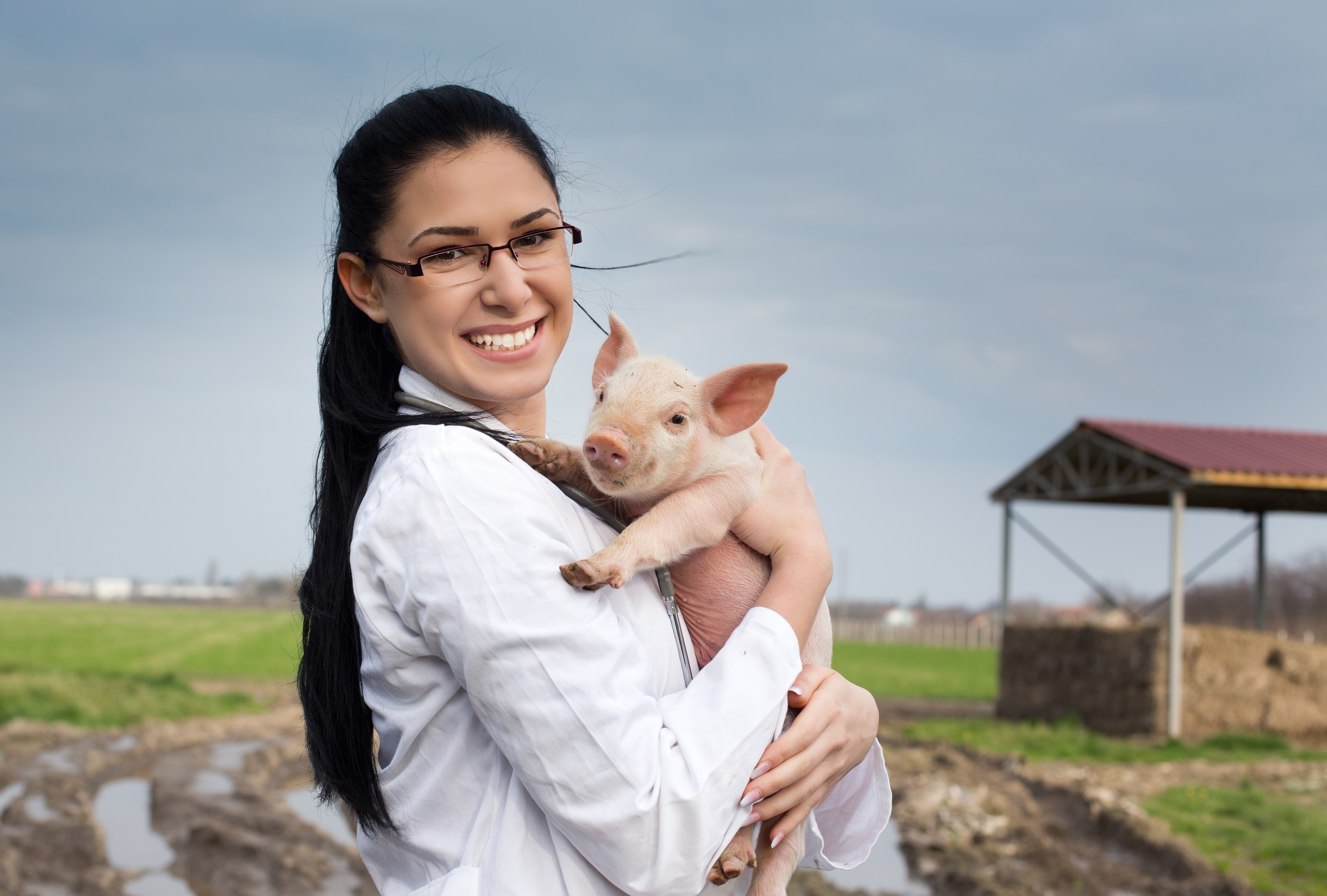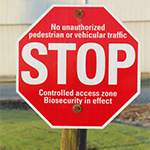 Why Water Disinfection Matters to the Success of Your Swine Operation
Why Water Disinfection Matters to the Success of Your Swine Operation
Water is often referred to as the forgotten nutrient when it comes to raising swine. Most often water quality is an afterthought addressed only when it becomes an immediate concern. Water is the number one resource animals need to consume daily to survive. Without regular monitoring or testing of your site’s water, this leaves an open door to your biosecurity plan. Unchecked water can pose a significant risk to the health of your animals and bottom line.
















